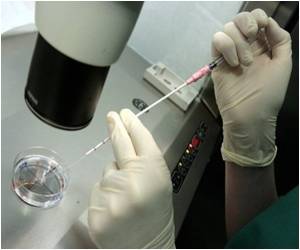
Researchers have done a great deal of toxicological research on ENMs over the past 10 years, but the results have often been difficult to interpret. This is because ENMs from different sources had different chemical and physical properties, and because investigators used different protocols to conduct the experiments.
"The goal of creating this multicenter consortium was to have multiple labs recreate key studies using the same materials and protocols, so that policy-makers have access to consistent, comparable results from multiple institutions," says Dr. James Bonner, an associate professor of environmental and molecular toxicology at NC State and lead author of a paper describing the work.
For this study, researchers from eight institutions used mouse and rat models to look at pulmonary health effects related to exposure to titanium dioxide nanoparticles and carbon nanotubes.
The researchers found that carbon nanotubes, which are used in everything from bicycle frames to high performance electronics, produced inflammation and inflammatory lesions in the lower portions of the lung. However, the researchers found that the nanotubes could be made less hazardous if treated to remove excess metal catalysts used in the manufacturing process or modified by adding carboxyl groups to the outer shell of the tubes to make them more easily dispersed in biological fluids.
The researchers also found that titanium dioxide nanoparticles also caused inflammation in the lower regions of the lung. Belt-shaped titanium nanoparticles caused more cellular damage in the lungs, and more pronounced lesions, than spherical nanoparticles.
Advertisement
Source-Eurekalert











